Chanukah means dedication—the Macabees who were priests (re)dedicated the Temple and its vessels including the Menorah (the candelabrum). As legend goes the Macabees found one small cruise of oil. Once lit, the Menorah is to be continuously lit. Lighting it, though they assumed the oil would run out, is the basis of the miracle of Chanukah. We teach in class that the confluence of a miracle is the human reaching out to the Divine; take the initial first step and matters fall into place.
Putting things in motion is symbolized this holiday by the Sivivon-dreidel which we spin to see what letter it will fall on. No matter how finely crafted the dreidel it will eventually stop spinning and fall down. So it is with all physical reality. The principle of gravity though contains an interesting paradox—gravity is the force that has things fall and remain in motion (remain ‘standing’).
I would like to address a “problem” that is often brought up especially at Chanukah time in the United States. It is the problem identified as assimilation. Many Jewish leaders and organizations at this time of year issue the call to fight assimilation—underlying this concern is the ultimate fear that the Jewish people will spin itself out of existence. If we look back on the history of the Macabees it was indeed assimilation that they were fighting against. At that time Jews were influenced by the Greek culture. It is hard to discern which was more distressing to the Macabee priests—the anti-Jewish decrees of the Greeks or the internal assimilation of the Jews. The Macabees took matters in their own hand and repelled the Greek forces.
The strategy though for combating the imposed religious tyranny of the Greeks could not then or throughout subsequent generations be the same for ‘combating’ assimilation. Indeed the wise have always seen that regarding free choice one cannot beat away darkness, rather one must enlighten.
A curious law prescribes that the Chanukah candles should not be lit; they should ignite on their own. How is this done? The lighter brings the flame close enough to the wick that the transfer of heat ignites the wick. This was the custom of the High Priest in the Temple when lighting the Menorah and is a tradition of the Kabbalah to light the Chanukah candles in this manner.
The wiser than the wise begin to see assimilation not as a threat but as the way gravity operates on the Jewish people. We fall and we stay in motion. If we close ourselves off to assimilation then we simply spin in our own orbit. Can one imagine the Jewish people still being around if it has isolated itself among the nations? Of course there are challenges when one does not isolate and insulate. The wiser say: enlighten and the flame will continue to burn brightly.
The letters on the dreidel (Nun-Gimmel-Heh-Shin) have the numerical value of Mashiach—the Messiah. When the dreidel stops it falls down on only one aspect of reality. The Messiah will assimilate all aspects of reality and we will spin into one.
Come join us for some dreidel spinning, a meditative lighting of the Menorah and other games on the last night of Chanukah, Tuesday December 27 6-8pm at the Goldberger Center.

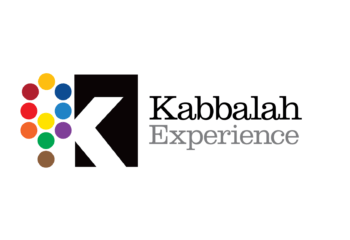
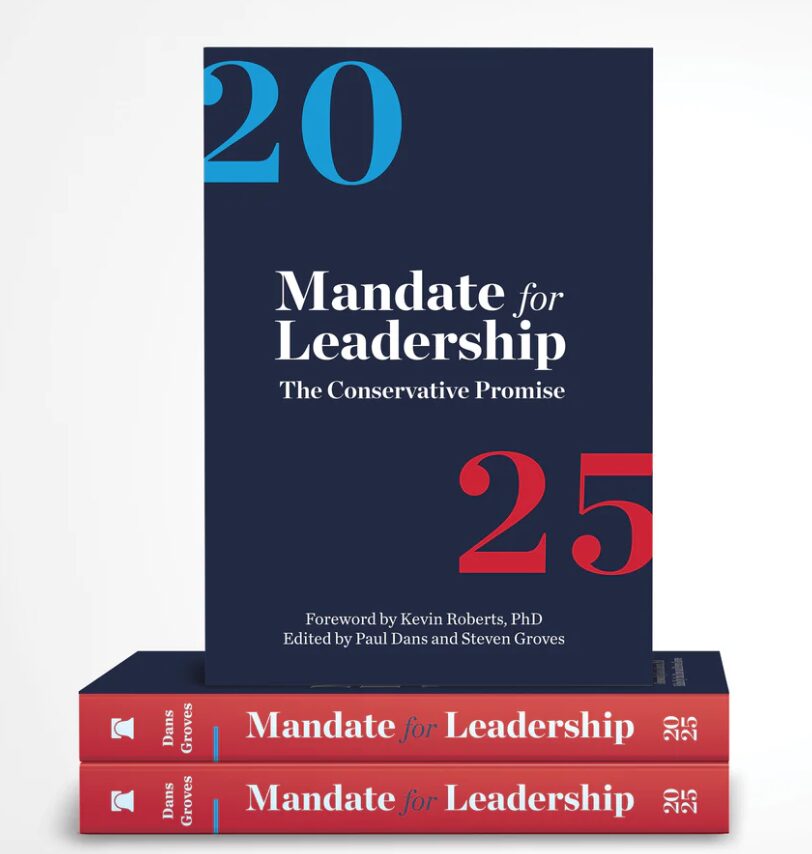
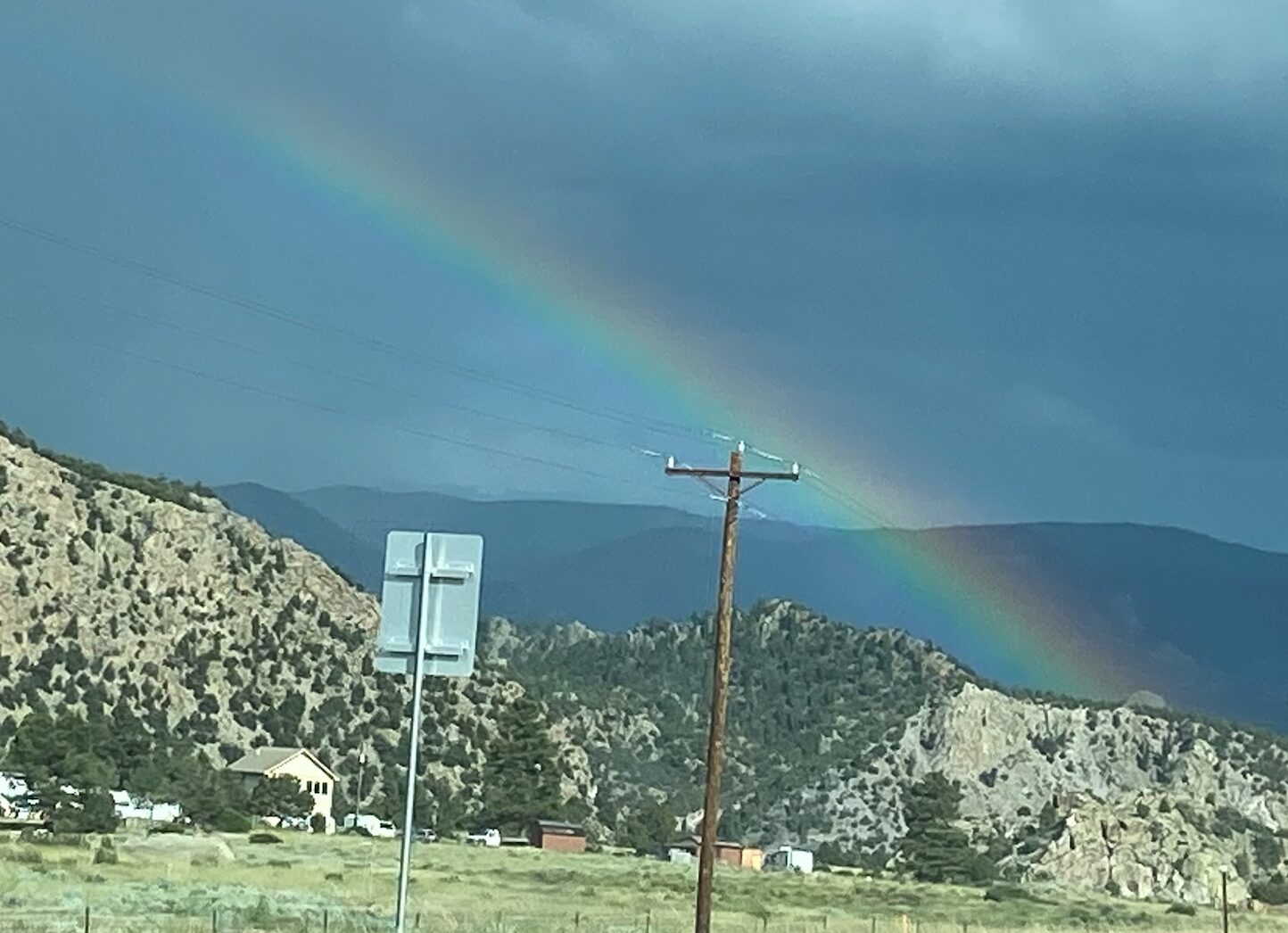
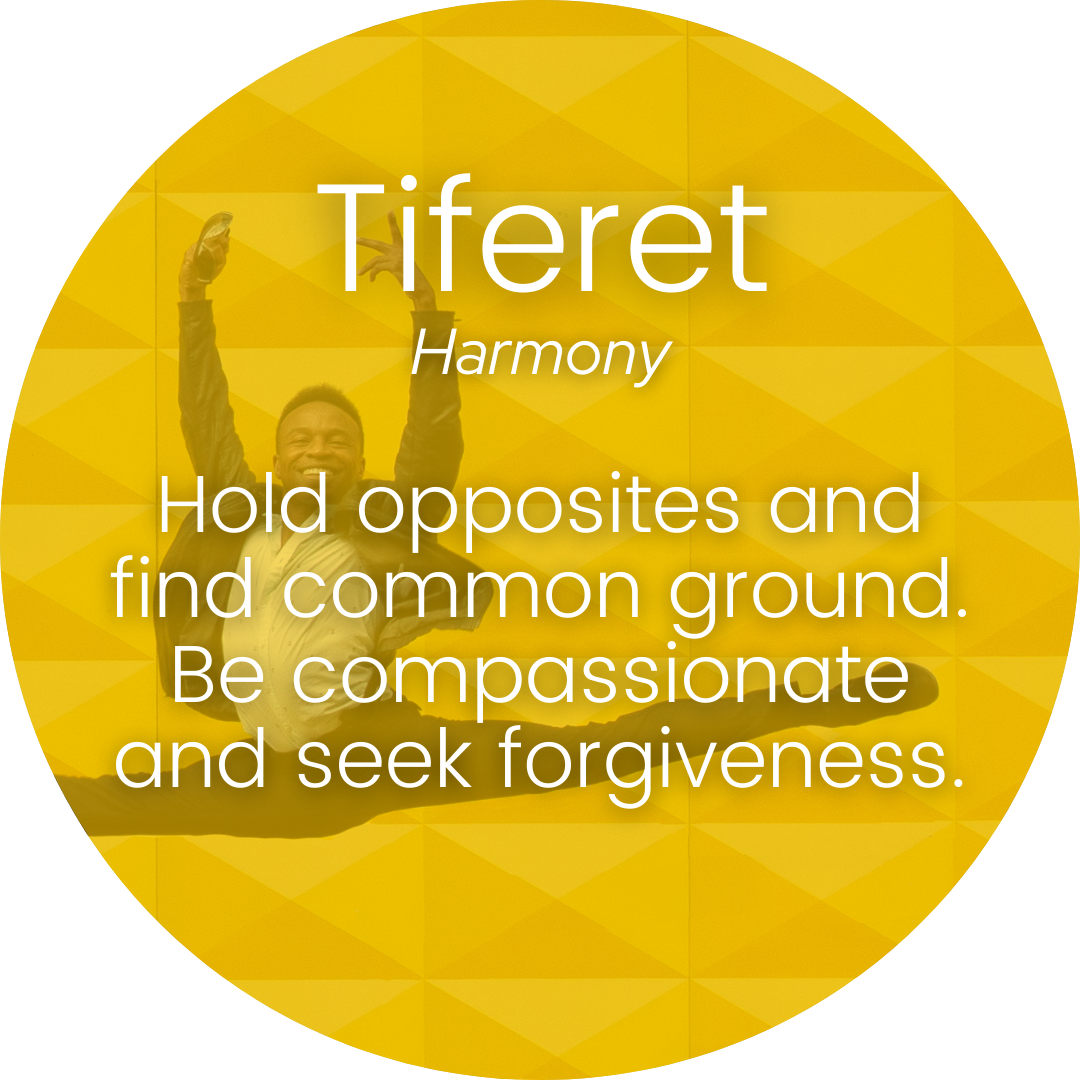
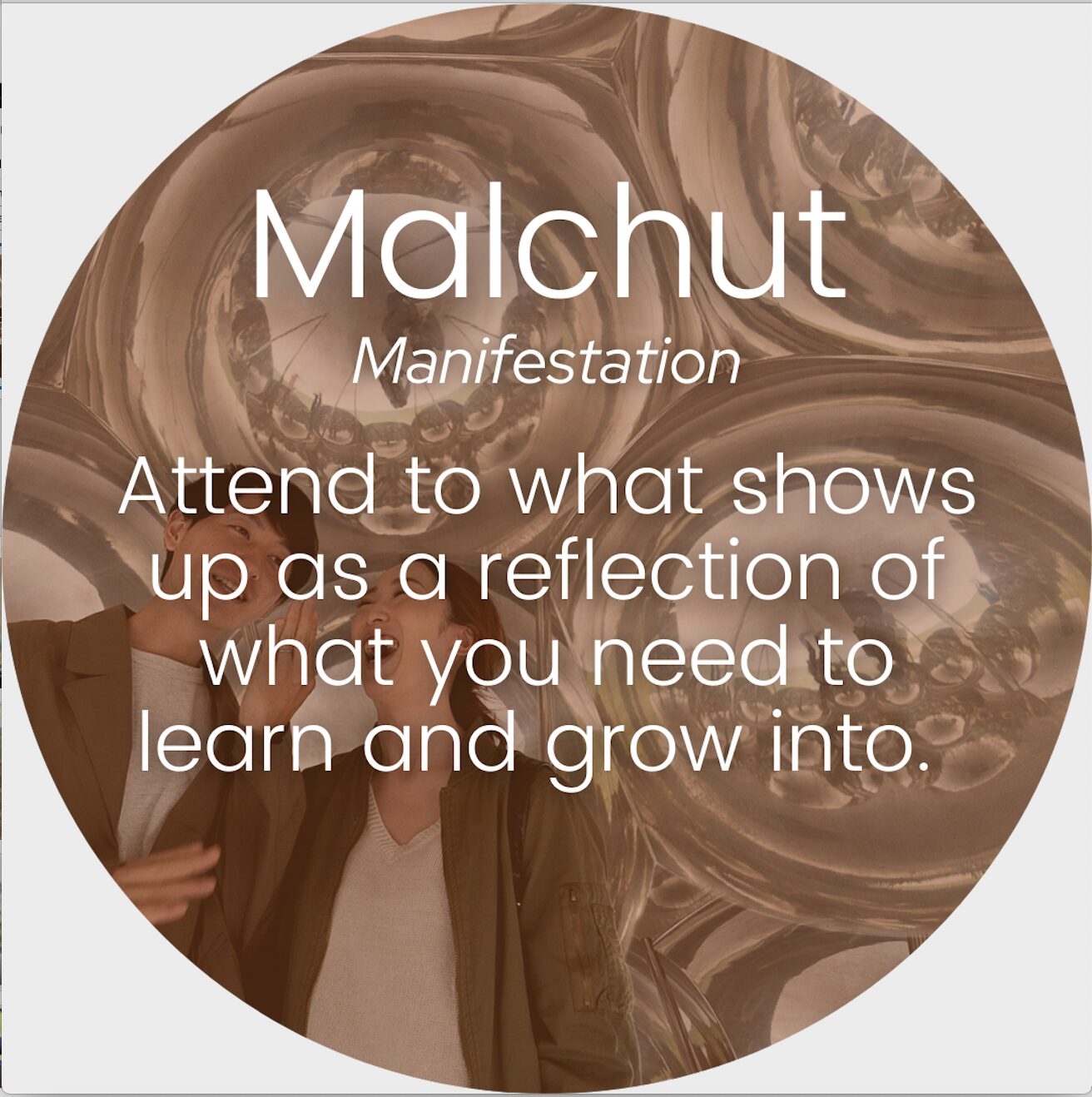
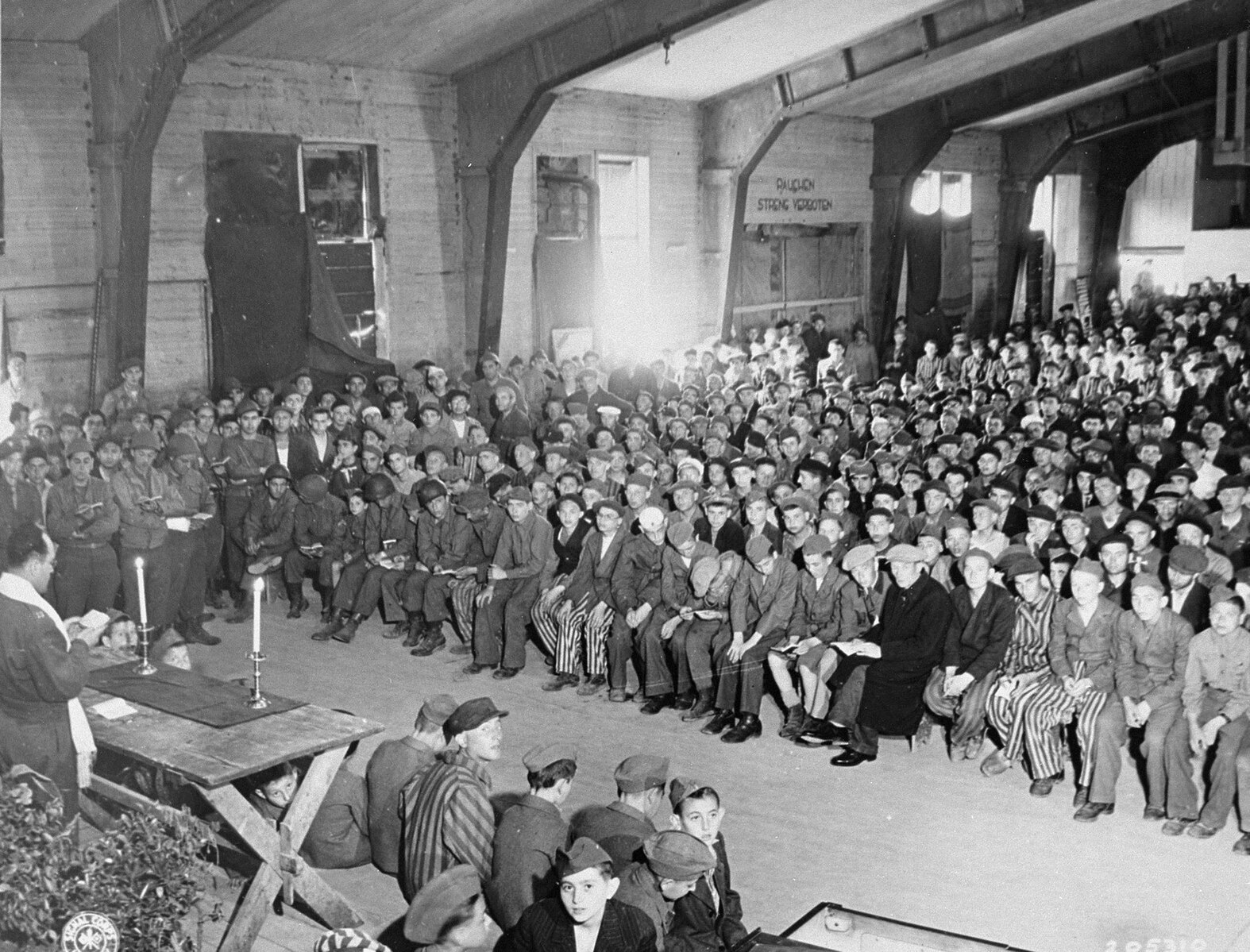

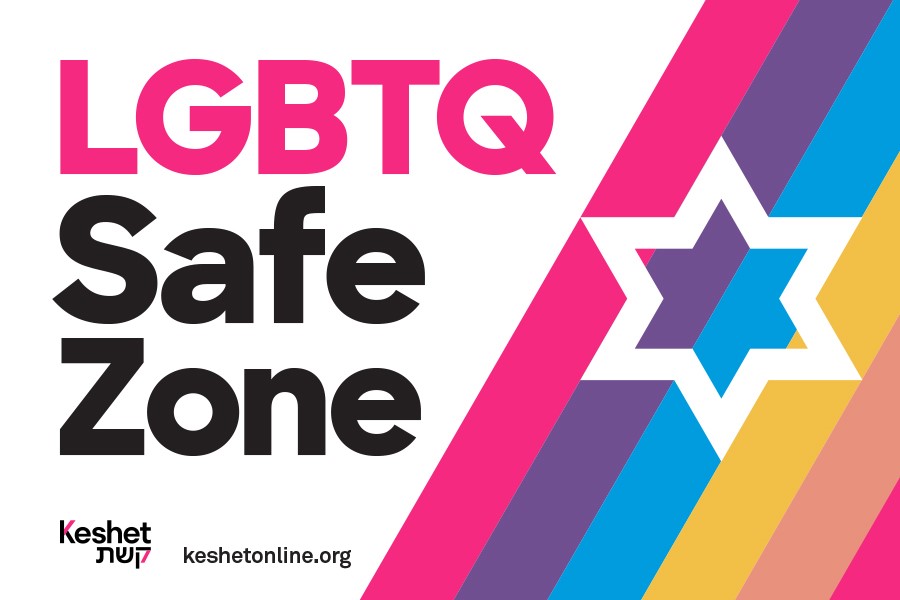
0 Comments